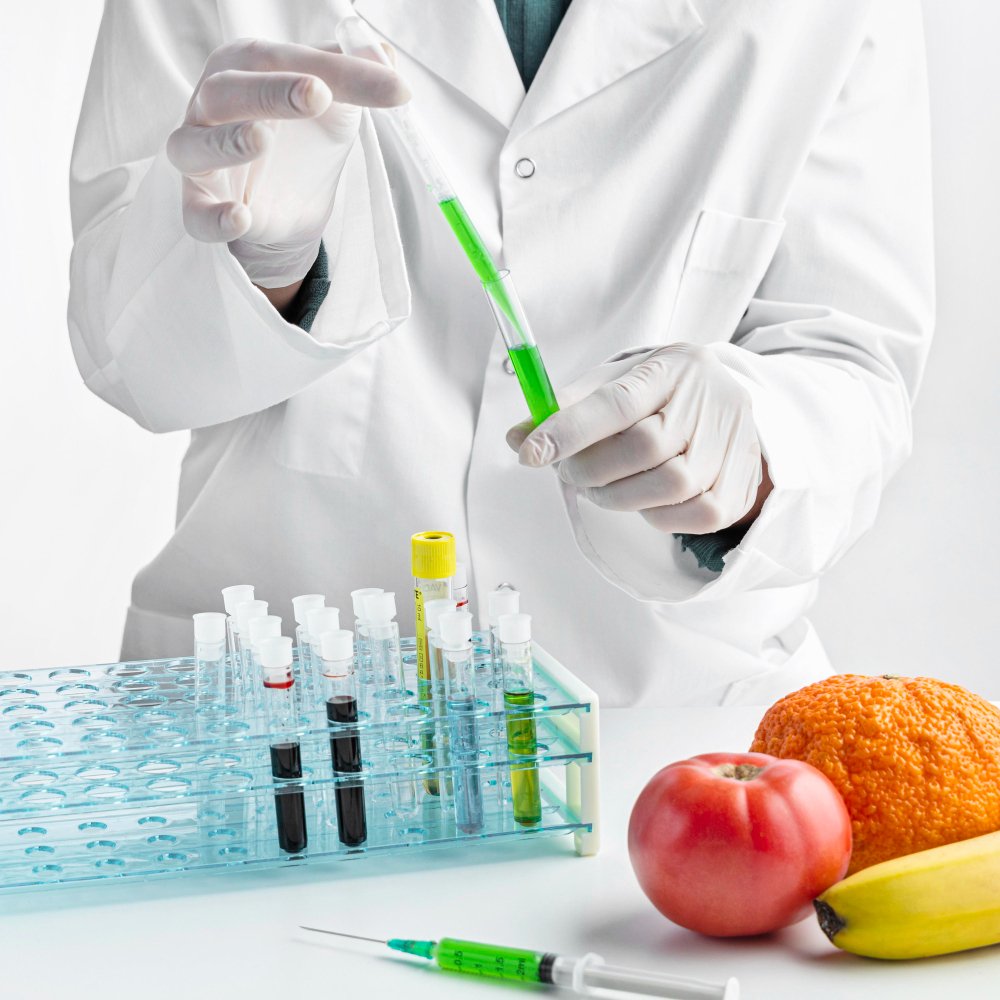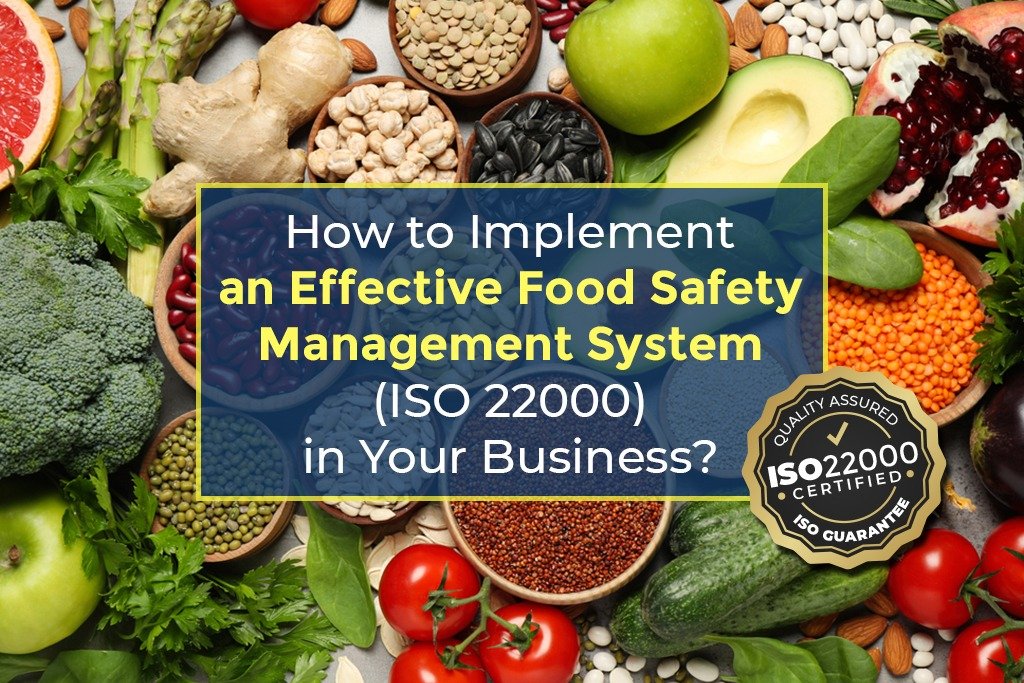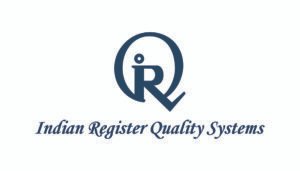Category: ISO 22000

How Does FSSC 22000 V6 Compare To Other Food Safety Standards?
Food Safety System Certification 22000 is a notable scheme for those companies trying to maintain the maximum level of food safety management. It is critical to build and gain consumer trust and confidence. The version 6 of the globally-recognized FSSC scheme has been published by the authority. This current version exhibits multiple changes. It is designed to improve and enhance the scheme’s effectiveness. These changes are about to make an extensive impact on organizations in the food chain. Thus, one must stay up to about the FSSC 22000 V6 to understand how it would affect the business. Upgrade necessity – Know the need. Distinctive features of FSSC 22000 – What makes it unique? FSSC 22000 and ISO 22000 – Know the differences FSSC 22000 delivers a competent certification scheme with the vital features of ISO 22000 and an extensive list of standards for enterprises. The ISO 22000 certification framework contains lesser rigid requirements for the authority and enterprise, covering infrastructure and documentation maintenance. FSSC 22000 exhibits stricter requirements for infrastructure, covering the technical specifications of pre-industrial programs. The implementation of these requirements needs to be documented as part of the regulations of the framework. The requirements for the authority are vital for compliance, making the requirements of FSSC 22000 more rigid. It is necessary to develop and incorporate the critical procedures for ISO 22000 and FSSC 22000. There needs to be a thorough procedure for ensuring optimal management of documents, depending on the norms of production. The procedure of certification is similar for both schemes. However, the necessities of the FSSC 22000 scheme are more comprehensive and rigid, making it a labor-intensive process. Industries that can incorporate FSSC 22000 FSSC 22000 is suitable for various industries related to food and manufacturing. It includes – Prime benefits of FSSC 22000 – Positive impacts of the certification One can attain a systematic and competent strategy to identify and moderate food safety risks and hazards. The ISO-based certification model is apt for the food supply chain. FSSC 22000 is based on the ISO model. Thus, one can implement the framework with similar requirements. Read on and explore the benefits of FSSC 22000 and recognize the positive impacts of the certification – Industrial impacts with the new version – Experts must note Closing note – Audit impacts with the new version Due to changes in the accreditation document, the audit time for FSSC 22000 audits has been revised. The audit time has increased in many organizations. Many organizations need an integrated audit with enhanced management systems for food safety without reducing efficiency. Choose IRQS for an end-to-end solution related to FSSC audits and ease the professional requirements. Ensure an efficient audit session, meeting the revised norms of the FSSC 22000 audit. Image by Freepik

How To Choose The Right Food Safety Certification For Your Business?
Food Safety Certification authenticates the food business by implementing healthy practices ensuring optimal safety and quality. The environmental and distinct management systems are vital alongside the legal and standard compliance. If a business is linked with the food industry either directly or indirectly, one needs to get the food safety certification. From legal compliance to market essentials, there are ample reasons to make it an indispensable choice for food businesses. But how do you choose the right certification? Read on and know better. Success with food safety certifications – What makes it the apt choice? Before reviewing the various ways to pick the right safety certification for food safety, recognize the benefits and features – The ultimate reason to pick the best The purpose of industrial accreditation is uniform across the globe. Once a company gets certified, it is accepted everywhere! However, there are individual organizations certified with two or more food safety standards. A comprehensive framework introduces an all-inclusive administration and reduced redundancies in the organization. In the long run, it acts as a source for generating income via additional certification. There is more than one certification standard and scheme across the globe. Hence, the process of selecting the appropriate scheme is a critical task. Here are a few essential aspects that play a vital role in decision-making while browsing the certifications. What about the customer’s expectations? The customer demands incorporating a specific scheme may be a critical aspect of an organization. Most food organizations with numerous customers review the most-popular scheme. Understand that there is no scope for negotiation with the customer, and you can exhibit your rationale while making a firm choice. For instance, if a customer insists on BRC certification, you must negotiate a GFSI-approved certification scheme. Why? Because GFSI benchmarked standards include multiple schemes. It includes – BRCGS or BRC, FSSC 22000, IFS, SQF, and GLOBALGAP. Thus, you must recognize the customer expectation and pick the apt certification scheme. Review the size of the organization. GFSI benchmarked standards are practical. These are convenient and achievable by organizations of a specific size. Thus, the size of the company plays a significant part in making the apt decision. Small and micro food businesses must review the elementary options like the FSSC development program for global markets. The small and micro food businesses can also go for other independent schemes SALSA. However, the geographical location plays a distinctive role. The SALSA scheme is independent and it is an apt choice in the UK. These are appropriate starting points if the business is small. What about resources? Most organizations with the norms approved by GFSI benchmarks need ample resources. The standards approval necessitates full-time technical personnel. Or there must be a consultancy service team. Professional resources are vital and you cannot avoid it. The technical resources are essential for implementing and maintaining the norms and regulations of the popular food safety certifications. Features and Benefits of food safety certification Understanding the prime benefits of the certification will help you uncover numerous reasons to get certified. It is essential for – Improved Health and Safety – The prime factor The proper practices reduce the risk of contamination. It safeguards the product and food from pathogens like E. coli or Salmonella. One can identify the health risks and unsafe conditions, like – temperature abuse or poor hygiene. It is the prime intention of the certification. Help the workers around food-handling surfaces by following safe practices. Improved Customer Service – The goal Apart from recognizing the perks and purpose of the food safety program, clarify the goal. Why do you need it? With these certifications, one can implement new skills and ideal practices. It helps the customers receive superior service. Thus, you gain their trust and can expand the business in the long run. Summing the pros of getting the apt certification With the increasing cases of product recalls and unwanted food poisoning incidents across the world, consumers are losing faith in food products. Currently, information is easily available via social media. The consumers are aware and prudent, making the apt choice of food purchases. Manufacturers with certification can gain the trust for food safety among consumers, expanding overseas opportunities for the business. Apart from the vital features of the certification program, the factors that make a significant impact include – Final note – Get certified by professionals. Find trusted and qualified resources for the certifications. With an accredited provider of food quality and safety testing, the process of acquiring the certification and training for HACCP, ISO 22000, and FSSC 22000, becomes convenient. Connect to IRQS for a hassle-free audit service. It is efficient and effective for businesses looking for the ultimate solution.

GFSI Certification: Future of Food Safety
The Global Food Safety Initiative or GFSI began in 2000. It started as a collaboration among members of the Consumer Goods Forum. The development of GFSI was based on a uniform goal. The purpose was to improve and regulate the management of food safety risks. It is applicable across the supply chain. In the long run, it helps in reducing audit fatigue. Since its inception, GFSI has become an integral part of the implementation process of the HACCP-based food safety management system. The food safety certification programs or schemes assist in meeting a core set of requirements essential to produce safe food. Currently, there are fourteen recognized certification programs across the supply chain sectors. Real-life example – Where it all started In 2008, Walmart was the first branded retailer to mandate its suppliers achieve certification by the GFSI-recognized scheme. Since then, it has become a popular part of supplier agreements with retailers, food service providers, manufacturers, and more. With time, it has evolved and included the essentials for GFSI-recognized certification. Largely, this has become the need of the hour for the rapidly-growing number of recalls, consumer demands, and existing food regulations. Thus, a GFSI-recognized scheme assures the buyers that a supplier is responsible and committed to implementing the ideal food practices, continually monitored, verified, and improved over time. The success of GFSI GFSI’s success and global reach are a result of its extensive network of stakeholders. Simply put, GFSI’s vision is to offer “safe food for consumers everywhere”, making it the ultimate choice. It is governed by the GFSI Board, comprised of food safety and quality executives from retailers, manufacturers, and food service companies. The purpose of GFSI is to ensure continuous improvement in food safety management systems. It is a priority to deliver safe food to consumers and maintain the right balance between stakeholders’ vis communication and mandates. Reasons that make it the Future of food safety Getting certified in a GFSI-recognized food safety program helps suppliers, retailers, and, consumers. It gets accomplished via many programs GFSI including benchmarking of food safety certification programs, development of auditor competencies, etc. Prime benefits of GFSI certification valued by the suppliers and retailers include these – Understand the need – Reasons to get certified. Manage Risk A robust traceability system offers effective management of food safety hazards, creating an environment capable of producing safe products. It delivers a management system to continually manage, regulate, validate, and improve the system. The traceability reduces product recall reaction time, safeguarding the consumers and the brand. Expand Market Reach Statistics exhibit that approximately 1 out of 4 certified companies want their suppliers to achieve certification. If you have not been asked yet, you need to buckle up. You will be asked in the future and it is vital to meet the norms. The certification can help you stay competitive and qualified to operate with current customers and gain access to the larger network of global retailers. If a customer or market wants your business to become certified to a GFSI standard, one can pick any of the following framework structures – However, following GFSI-recognized standards are also applicable to producers of fresh fruit and vegetables: BRC Global Standard BRC Global Standards was founded in 1996 to reduce audit duplication by UK retailers. It is Global Standard for Food Safety scheme, and it is too applicable to primary producers of fresh fruits and vegetables, etc. Pointers that matter during the selection While selecting the apt GFSI-recognized certification program, you need to review multiple aspects. Give this a quick read to know more. Closing note Regardless of which GFSI food safety certification you choose, an annual audit is indispensable to maintain it aptly. Connect to IRQS for a hassle-free edit solution with the ideal practices.

BRCGS Certification: Improve Food Safety Culture
Food safety culture is a modern term for food safety. It is challenging to define it for organizations with their respective requirements of food safety culture. Dr. Joanne Taylor developed the modern term food safety culture in the Food Safety Culture Excellence Model. Dr. Taylor defined food safety culture as the “prevailing attitudes, values, and practices related to food safety that are taught, directly and indirectly, to new employees”. Global Food Safety Initiative (GFSI) and BRCGS have similar definitions. The GFSI outlines food safety culture as “shared values, beliefs and norms that affect mindset and behavior toward food safety in, across and throughout an organization.” On the other hand, BRCGS delivers a definition of the culture as – “The attitudes, values, and/or beliefs which are prevalent at the site, relating to the importance of product safety, and the confidence in the product safety systems, processes and procedures used by the site.” One can notice the similarities among these definitions. But food safety culture is more than these definitions. It is developed with multiple aspects that are all equally important. Food safety culture is a culture of a business or workplace focusing on all vital aspects of food safety. It demonstrates the ideal standards of safety for all members of staff. Essentiality of food safety Anyone related to the food-based business can recognize the essentiality of food safety and its role within the organization. It is convenient to display and remind the staff to uphold the ideal practices and procedures with the updated food safety culture. It is a straightforward task to monitor compliance with the due diligence checklists. BRCGS Food Safety Issue 9 has elaborated on the concept of food safety culture. It is an indispensable choice for senior management to exhibit a commitment level. It also promotes continuous improvement of food safety culture within an organization during a professional certification or internal audit. Companies with an enhanced opportunity for business can market their food safety culture and get it assessed, during the on-site food safety audit. Boosting the practices of a food safety culture in an organization or business can augment the scope of training on food safety practices for staff. In the long run, it generates benefits such as optimal compliance, zero legal issues and premium safety standards throughout the business, and an engaged workforce. Understanding from the organization’s perspective A well-defined food safety culture will assist the organization score high. One can always be prepared for an unplanned and unannounced audit with a well-defined food safety culture. The significance of food safety leads to fewer costly recalls. In the long run, it impacts the profit and saves the business from potentially brand-damaging food safety accidents. One can avoid loopholes and unprofessional behavior that may result in unsafe food. One can save resources to minimize the expense and manage better. From product recalls, food wastage, legal fees, and damaged reputation – find suitable solutions with the food safety culture. All these are incentives for an organization to implement an excellent food safety culture. Apart from these, food safety culture helps employees feel engaged with their work. Better awareness and knowledge act as bonus pointers for them to act in accordance with the organization’s values and principles. It helps in aligning the staff and makes them better workers and ambassadors for the business in the long run. Food safety culture enhances staff engagement and retention. A company with a mature food safety culture, exhibits a uniform policy about everything in the business, including GMP or Good Manufacturing Practices, leading to business success. About BRCGS – Get an overall idea. BRCGS stands for British Retail Consortium Global Standards. BRCGS was established in 1996 and it was in this year that BRC published the first standard, BRC Food Technical Standard. BRCGS is led by the LGC group, a global life sciences measurement and testing company. BRCGS is a leading global brand essential to strengthen a business. The objective of BRCGS is to promote food safety, for food and non-food industrial categories. The purpose of BRCGS is to implement ideas and proven practices, assure quality, and develop confidence in the supply chain. BRCGS was created by retailers and incorporated by businesses across industries. Simply put, the BRCGS norms ensure product safety and quality and simultaneously safeguard the business from facing any charges by the enforcement authorities. Features that improve the food safety The BRCGS is critical for – Businesses following standard and reliable manufacturing practices can assure their vendors and customers about the safety of their manufactured products. BRCGS certification exhibits that the products are safe, legal, and of premium quality. Here are some stats to prove the point – BRCGS is a benchmark practice in the food industry across the globe. A lot depends on its acceptance at the global level. BRCGS empowers organizations and brands in the food industry to expand across the globe meeting the ideal quality standards. BRCGS offers a structured framework helping you ensure and maintain product safety, integrity, legal compliance, and quality. It streamlines the management of operational activities, including food ingredient manufacturing, processing, packaging materials, etc. Summing the benefits Comply with the food safety norms. With the ever-evolving significance of food safety and the expansion of food and packaging industries at a global level, food safety is an indispensable topic. It is a concerning issue in the current times. Food safety culture is also vital for the ones venturing into the food supply chain, manufacturing, and packaging industry. Ensure customer safety and protect brand reputation with a prudent choice. Get the BRCGS certification with the apt steps.

How to Implement an Effective Food Safety Management System ( ISO 22000) in Your Business?
The food safety management system contains a set of practical and simple guidelines for business operators in the food industry. The FSMS program aims at reducing and preventing the different hazardous ways of food-related health issues. The adverse impact on the health of a consumer caused by food can be life-threatening. The standardization and international regulations in the ISO 22000 help the companies abide by the standards of food safety.
Search
Useful Links
Recent Posts

Achieving SOC 2 Compliance: Ensuring Trust in Data Security

Understanding ISO 50000 for Energy Management: Unlocking Efficiency



